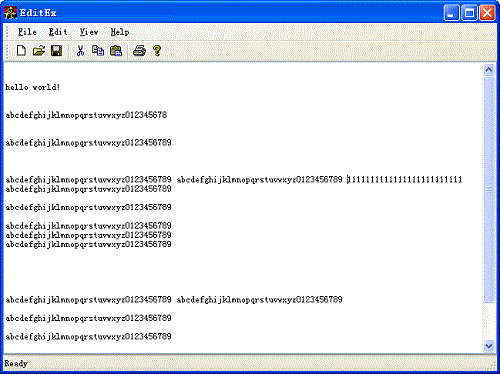

- #How to use text edit download
- #How to use text edit windows
Learn more about advanced Typography settings here. The changes will apply to the overall style of the site to sustain its integrity and visual coherence.

It can be used to apply a variety of fonts, resize the. Unlike MS Word, TextEdit is very versatile. To access and change the Typography and Fonts settings, open the Site style menu in the upper bar of the website editor and make edits. TextEdit is a rich text editor which is considered to be Apple’s equivalent to Microsoft’s Word. Note: The text that you type, insert or edit will be automatically formatted according to the typography and font settings of the whole website. Format text styles (Bold, Italics, Underline).Open up the Essential Graphics panel ( Window > Essential Graphics) and you’ll be able to make basic edits to your text like font changes, size, colour and so on.
#How to use text edit windows
To edit text, сlick on the text element in the block and type or paste your text.Īfter you select the text fragment you want to change, the text editor will appear automatically. If you don’t have this tool visible, you may need to go to Windows > Tools and click and hold on Type Tool. Any text can be edited in a few clicks with the text editor.
 Open in Drive - Opens the text file in Google Drive.If you want to add or modify the text on your website created with Weblium, follow this guide. Printing from TextEdit sometimes seems like a black artoften the font size of your printed document will be much smaller than the font size used in the onscreen original.
Open in Drive - Opens the text file in Google Drive.If you want to add or modify the text on your website created with Weblium, follow this guide. Printing from TextEdit sometimes seems like a black artoften the font size of your printed document will be much smaller than the font size used in the onscreen original. #How to use text edit download
Download - Downloads a copy of the text file to your browser. Go to Line - Jumps to the specified line number in the text document. Find and Replace - Finds the specified text on the page, optionally replacing one or more occurrences with a new text value. Theme - Cycles through "light" theme, "dark" theme, and "blue" theme. Font size - Cycles through font sizes ranging from 10px font size to 24px font size. Whitespace characters - Toggles whether "invisible" whitespace characters are shown, for example, tab markers, spaces between words and carriage returns (line breaks). Cycles between hard tabs, soft tabs with 2 spaces, and soft tabs with 4 spaces. Cycles between displayed at 80 characters, displayed at 100 characters, and off. Print Margin - Toggle whether the print margin is displayed. Line Numbers - Toggle whether line numbers are displayed on the side of the editor. Cycles between word wrap on, word wrap to edge of editor, and word wrap to the print margin, if defined. Word Wrap - Toggle the current word wrap mode. The Text Editor allows you to edit your text in a separate popup window instead of using the Text tool overlay that sits above your text box. Print - Print the current text document There is one other method for editing text in GIMP, although it has its own unique weirdness: the Text Editor. Redo - Redo the last action or text edit. You can also use the keyboard shortcut Shift-Command-T. To do this, make sure the document you want to convert is open and selected, then go to Format> Create Plain Text in the TextEdit menu bar. Undo - Undo the last action or text edit TextEdit opens a new document in rich text mode by default, but you can easily convert a document to plain text at any time. The buttons on the toolbar are described below. Text Editor has a toolbar that allows you to configure the editor screen according to your preferences.







 0 kommentar(er)
0 kommentar(er)
